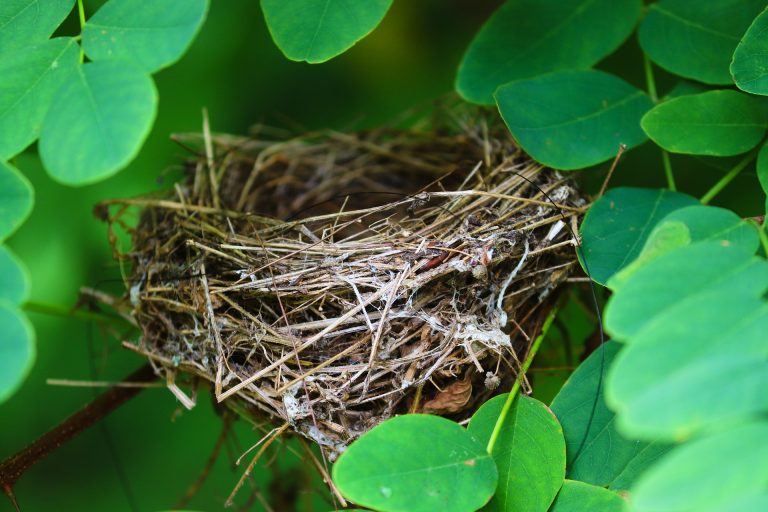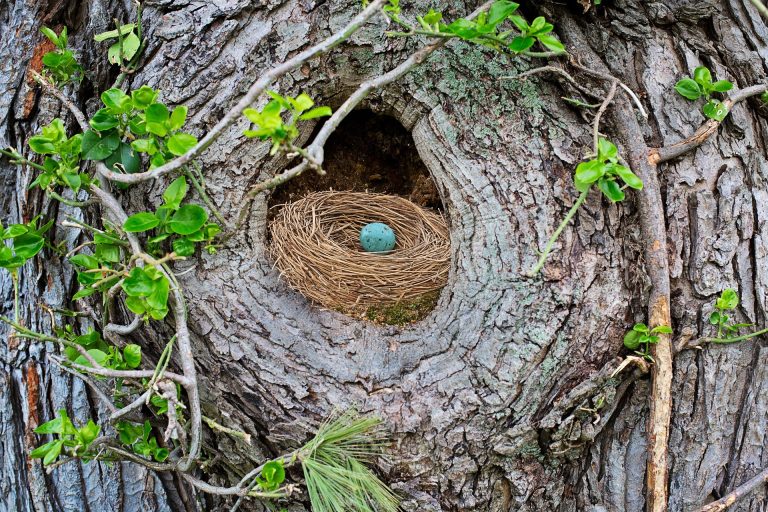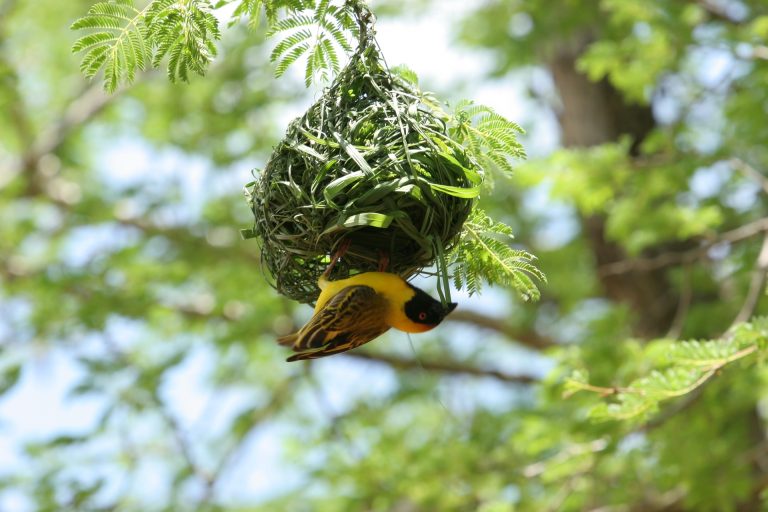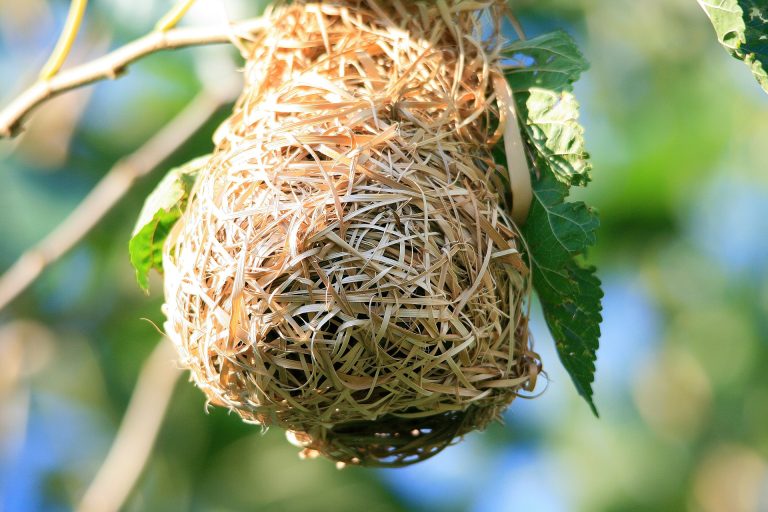Introduction
Nidology, derived from the Latin word “nidus” meaning nest, is a branch of ornithology dedicated to the study of bird nests. However, its scope extends beyond avian architecture to encompass nests built by various animals, including insects, reptiles, and mammals. This interdisciplinary field combines elements of biology, ecology, behavior, and evolution to unravel the intricacies of nest building, its adaptive significance, and its ecological implications. Through meticulous observation and scientific inquiry, nidologists seek to understand the diverse forms

Historical Perspective
The study of nests dates back centuries, with early naturalists documenting and categorizing nest structures. Carl Linnaeus, the father of modern taxonomy, recognized the importance of nests in species identification and classification. His work laid the foundation for systematic nest observation and classification, which later evolved into a more specialized field within ornithology and ethology.
In the 20th century, nidology gained prominence with the advent of modern ecological and behavioral research techniques. Pioneering studies by researchers such as Niko Tinbergen and Konrad Lorenz contributed significantly to our understanding of animal behavior, including the complex behaviors associated with nest building and maintenance. These early studies paved the way for contemporary nidologists to explore nests not just as structures but as dynamic components of animal life history and ecological interactions.
Types of Nests
Nests exhibit remarkable diversity in form, construction materials, and locations, reflecting adaptations to specific ecological niches and evolutionary pressures. Bird nests, for instance, vary from simple scrapes on the ground to intricate woven structures suspended in trees. Weaverbirds (family Ploceidae), renowned for their elaborate nests, construct intricately woven chambers designed to deter predators and withstand environmental extremes.
Insects also display remarkable nest-building behaviors, with species like the leafcutter ants (Atta spp.) creating vast underground networks to cultivate fungi for food. Similarly, mammals such as beavers (Castor spp.) engineer complex lodges from timber and mud, exhibiting sophisticated construction skills that shape their habitats and influence local ecosystems.

Ecological Significance
Nests play pivotal roles in ecology, influencing species distribution, population dynamics, and community interactions. By providing shelter and protection, nests enhance reproductive success and survival rates for their builders and occupants. For example, the nesting habits of sea turtles contribute to beach dynamics and nutrient cycling, impacting coastal ecosystems.
Furthermore, nests serve as microhabitats for diverse communities of organisms, including symbiotic relationships between nest inhabitants and other species. Birds’ nests, with their insulation and organic matter, support microbial communities that decompose nest materials and recycle nutrients back into the ecosystem. Understanding these ecological interactions is crucial for conservation efforts and ecosystem management strategies.
Adaptations and Evolutionary Strategies
The diversity of nest forms reflects adaptive strategies shaped by evolutionary processes and environmental constraints. Natural selection favors nest-building behaviors that optimize resource allocation, minimize predation risk, and enhance reproductive success. Weaverbirds’ nests, for instance, are not only structures for raising young but also signals of male quality in courtship displays, influencing mate selection.
Moreover, environmental factors such as temperature, humidity, and predator pressure influence nest architecture and material choice. Arctic terns (Sterna paradisaea), nesting in polar regions, build shallow scrapes lined with pebbles to mitigate heat absorption from the ground and reduce nest predation by Arctic foxes (Vulpes lagopus). These adaptations illustrate the intricate interplay between ecological pressures and nest-building behaviors over evolutionary time scales.

Technological Advances and Research Methods
Advancements in technology have revolutionized nidological research, enabling scientists to study nests with unprecedented detail and precision. High-resolution cameras, drones, and remote sensing techniques allow researchers to monitor nests remotely without disturbing wildlife. This non-invasive approach provides insights into nesting behaviors, parental care, and nest success rates across diverse habitats and species.
Furthermore, molecular techniques such as DNA analysis have expanded our understanding of kinship and genetic relatedness within nesting populations. By analyzing genetic material recovered from nest materials or nest inhabitants, scientists can infer parentage, mating strategies, and population dynamics, shedding light on the evolutionary consequences of nest-building behaviors.
Conservation Implications
Nest conservation is increasingly recognized as a critical aspect of wildlife management and biodiversity conservation. Habitat destruction, climate change, and anthropogenic disturbances threaten nesting habitats worldwide, jeopardizing the survival of species reliant on specialized nesting sites. Protecting nesting habitats and restoring degraded areas are essential for maintaining ecosystem resilience and safeguarding biodiversity.
Conservation efforts often focus on preserving critical nesting habitats, implementing nest-box programs for cavity-nesting birds, and raising awareness about the ecological importance of nests. By integrating nidological research into conservation strategies, scientists and policymakers can formulate evidence-based measures to mitigate threats to nesting species and promote sustainable stewardship of natural resources.

Future Directions
The field of nidology continues to evolve with interdisciplinary collaborations and technological innovations driving new discoveries. Future research may explore the impacts of urbanization on nest-building behaviors, investigate the role of nests in disease transmission dynamics, and unravel the molecular mechanisms underlying nest construction and maintenance.
Furthermore, addressing knowledge gaps in nest evolution and adaptive strategies across taxa will enhance our understanding of ecological resilience and species interactions in a rapidly changing world. By embracing emerging technologies and integrating diverse perspectives, nidologists are poised to unravel the complexities of nest biology and its broader implications for biodiversity conservation and ecosystem functioning.
Conclusion
Nidology represents a dynamic intersection of biology, ecology, behavior, and evolution, offering profound insights into the intricate world of nest-building animals. From the architectural marvels of bird nests to the underground colonies of social insects, nests exemplify the adaptive diversity and ecological significance of animal habitats. By studying nests with scientific rigor and curiosity, nidologists illuminate the evolutionary pathways, ecological roles, and conservation imperatives associated with these remarkable structures. As we continue to explore and protect nesting habitats, we deepen our appreciation for the complexity and resilience of life in its many forms.

